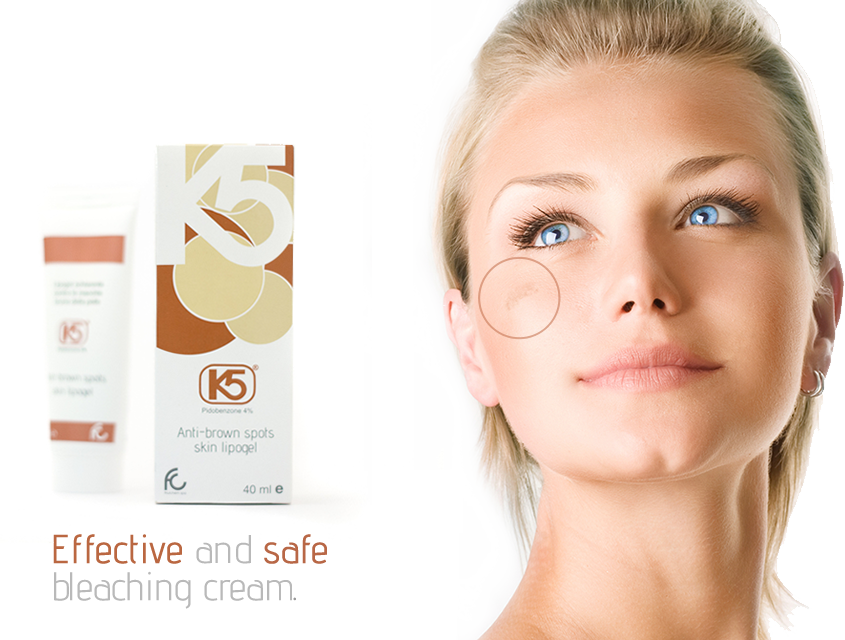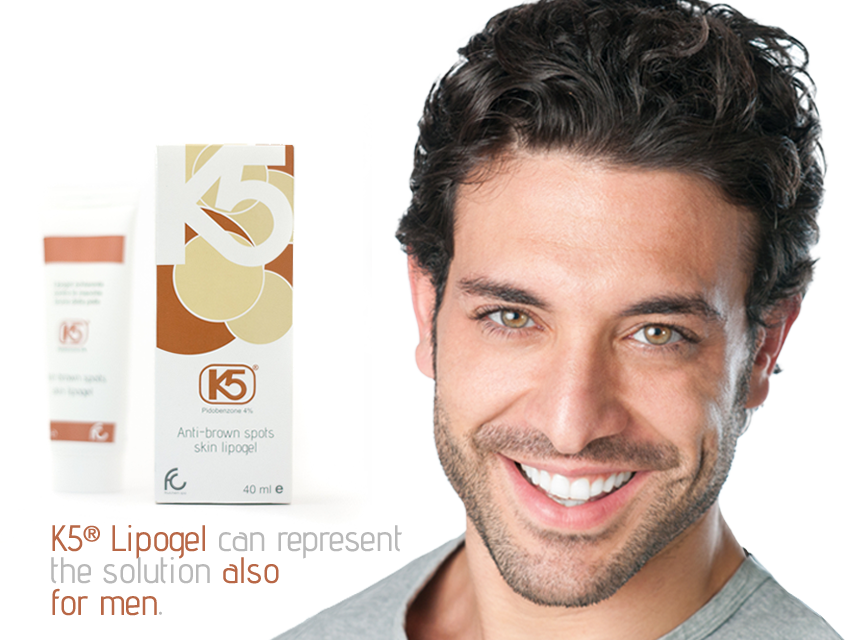Definition
Kojic acid is a chelating agent deriving from the metabolism of fungi mainly belonging to the genera Aspergillus and Penicillium. It is known for its lightening qualities and it is widely used in cosmetic products. The depigmenting action of Kojic acid is in fact useful in treating various skin problems related hyperpigmentation.
How kojic acid works
The lightening action of kojic acid is connected with the inhibition of the biosynthesis of melanin. Kojic acid is a competitive and reversible inhibitor of tyrosinase, the enzyme that promotes the conversion of tyrosine in the intermediate phases of melanin synthesis.
Side effects.
This substance has several negative side effects that limit its usefulness. The skin in fact often manifests adverse reactions to this treatment. Several scientific studies have been conducted to assess these side effects and it has been found that the most common effects after regular application to the skin include irritation and contact allergies (Nakagawa et al. , 1995), with the development of sensitive areas and itching. In recent years, there has been a concerted effort to reduce these side effects, but even today continued use of this substance can lead to allergic reactions and skin sensitisation.
Bibliography
Nakagawa, M., Kawai, K. & Kawai, K. (1995) Contact allergy to kojic acid in skin care products. Contact Derm., 32, 9–13


